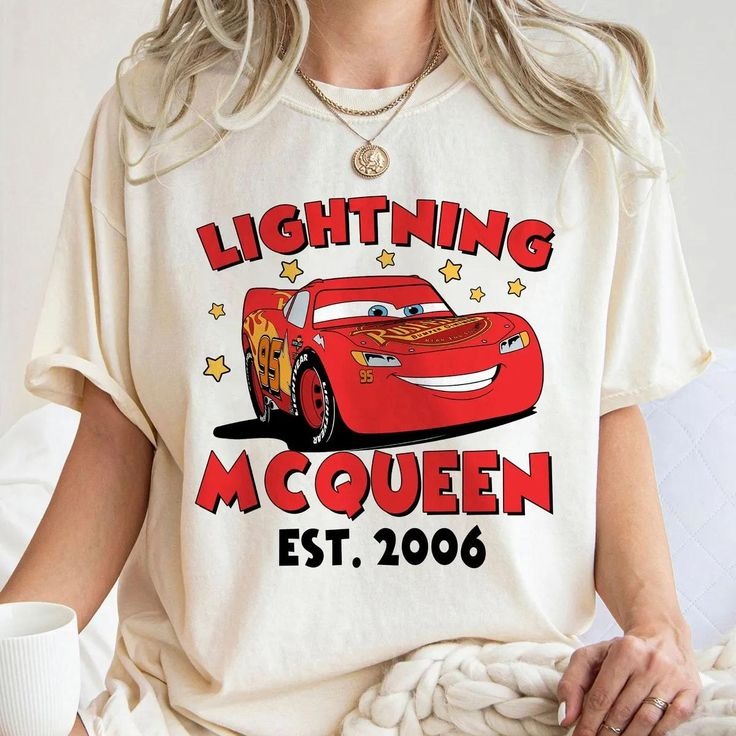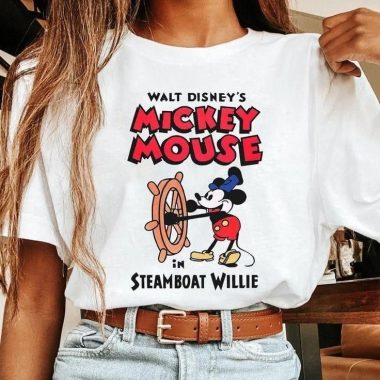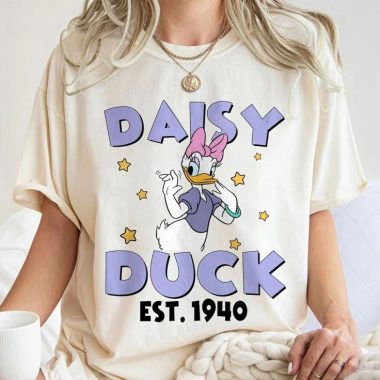Introduction
Fashion is not merely the layering of textiles upon the human form; it is an enduring odyssey that mirrors our collective journey through time. From the primal instinct to cloak ourselves against the elements to the most avant‑garde digital couture draped across avatars in virtual metropolises, fashion continually reinvents its possibilities. It weaves together the strands of culture, identity, economics, technology, and ethical reflection. This expansive narrative embarks on a thorough exploration of fashion’s genesis in survival and ornamentation, its evolution as a living archive of cultural memory, the psychological alchemy by which garments shape self‑perception, the industrial and synthetic revolutions that democratized style, the frontiers of material science, the seismic shift toward sustainability, fashion’s potent voice in political and social movements, the intricate global economy that sustains it, the dawn of virtual wardrobes, and the visionary horizons that beckon the next chapters of sartorial innovation.
Genesis of Adornment: Shelter, Symbol, and Survival
In humanity’s earliest epochs, garments emerged from necessity. Prehistoric communities, exposed to wind‑scoured plains and sunbaked valleys, improvised coverings from animal pelts, layered hides, and woven reeds to shield themselves from extremes of temperature and environmental hazards. Yet even in these elemental coverings lay the impulse to decorate. Early peoples adorned themselves with carved bone pendants, shell necklaces, and painted motifs—a nascent language of status, spirituality, and communal belonging. As hunter‑gatherer bands transitioned to agrarian settlements, the domestication of flax, cotton, and sheep enabled the cultivation and processing of raw fibers. The invention of the spindle and rudimentary loom transformed disparate strands into thread and thread into fabric. Simple weaves of stripes, checks, or hand‑applied natural dyes became markers of tribal affiliation, rank, or ritual significance. In this primordial fusion of survival and ornamentation, the dual essence of fashion was born: garments as both shields against nature and canvases for human expression.
Textiles as Cultural Tapestries: Weaving Collective Memory
Across continents and civilizations, traditional attire has served as a living repository of communal narratives. In the Andean highlands, Quechua artisans spin alpaca and sheep’s wool into vibrantly hued textiles whose geometric motifs recall ancestral myths, agricultural cycles, and the sacred peaks that define their world. West African bògòlanfini, known widely as mud cloth, is hand‑woven from cotton and dyed with fermented mud, its abstract symbols encoding proverbs, rites of passage, and cosmological beliefs passed down through oral tradition. The Japanese kimono evolved into a sophisticated language of sleeves, collars, and color combinations, each element signifying seasonality, marital status, and individual taste. In India’s storied textile centers, block‑printed cottons preserve centuries‑old floral and paisley motifs, each pattern stamped from hand‑carved wooden blocks that link artisan to archive. These textiles endure not as static museum pieces but as dynamic art forms: worn during festivals, reimagined by contemporary designers, and passed from one generation to the next, they ensure that cultural memory remains tangible and ever‑evolving.
The Semiotics of Dress: Psychology and Personal Narrative
Fashion operates as an intricate system of signs and symbols, a silent dialogue between wearer and observer. Each silhouette, hue, and texture functions as a word in a visual vocabulary. A sharply tailored blazer articulates authority and precision; a flowing chiffon gown conveys romance and creative freedom. Color psychology deepens this discourse: fiery reds ignite confidence and assertiveness, serene blues evoke trust and introspection, and soft pastels whisper tranquility and approachability. Textural contrasts add further nuance—sleek silk suggests luxury and fluidity, coarse denim proclaims resilience and authenticity, and plush knits radiate warmth and comfort. Accessories serve as punctuation marks: a sculptural ring can transform an understated ensemble into a statement of individuality, while a hand‑crafted belt may underscore artisanal heritage. Psychological research into the phenomenon of “enclothed cognition” demonstrates that wearing specific garments can measurably influence mental processes, emotional states, and performance. Through this daily ritual of dressing, individuals curate their external presentation in harmony with internal moods and aspirations, crafting an ever‑shifting narrative of self‑identity.
The Industrial Revolution: Democratizing Fashion and Its Consequences
The eighteenth and nineteenth centuries witnessed a profound metamorphosis as mechanized looms and steam‑powered mills unleashed bolts of fabric at unprecedented speeds. The invention of the sewing machine further accelerated garment assembly, birthing the ready‑to‑wear industry. Department stores, their grand arcades and ornate window displays beckoning the middle classes, emerged as temples of aspiration. Mail‑order catalogs extended style’s reach to rural and remote communities, knitting disparate regions into a shared sartorial conversation. This democratization eroded barriers of class, granting broad access to fashionable attire. Yet it also sowed the seeds of disposability: the rapid churn of seasonal trends produced mountains of textile waste and fostered a throwaway mentality. In response, haute couture houses fortified their emphasis on bespoke tailoring, hand‑stitched embellishments, and artisanal exclusivity—offering enduring creations that resisted the tides of mass‑market ephemera.
Synthetic Fibers and the Modern Palette
The twentieth century introduced synthetic fibers—rayon, nylon, polyester—that upended traditional materials in terms of cost, durability, and care. Nylon’s debut in the late 1930s democratized hosiery and lingerie, while polyester blends offered vibrantly printed, wrinkle‑resistant fabrics at low prices. These innovations expanded the creative palette of designers and consumers alike but concealed an environmental toll that would only become visible decades later: non‑biodegradable microplastics, reliance on fossil fuels, and massive textile waste. As ecological awareness grew, the limits of unrestricted synthetics became apparent, prompting a reevaluation of material choices and a resurgence of interest in natural, renewable fibers and closed‑loop recycling.
Material Science and Smart Textiles: The Alchemy of Innovation
In the twenty‑first century, fashion and material science have converged in astonishing ways. Nanocoatings imbue fabrics with self‑cleaning and water‑repellent properties, reducing laundering needs and extending garment lifespans. Phase‑change materials dynamically absorb or release thermal energy to regulate microclimates around the body. Conductive yarns woven into textiles transmit biometric data—heart rate variability, posture alignment, respiration rates—to wearable devices, bridging fashion and health. Biofabrication labs grow bacterial cellulose or spider‑silk proteins into fibers that marry strength, flexibility, and biodegradability. Three‑dimensional knitting machines translate digital blueprints into seamless, custom‑fitting garments with minimal waste. Virtual reality fitting rooms overlay digital garments onto live video feeds, revolutionizing online shopping and slashing return rates. Blockchain traceability systems record each fiber’s journey from seed to storefront, ensuring transparency in multifaceted global supply chains. These breakthroughs position garments as dynamic interfaces that respond to wearer, environment, and even physiological signals, forging a new paradigm of interactive style.
Ethical and Ecological Imperatives: Toward Circular Fashion
Amid rising evidence of fashion’s environmental footprint—cotton’s colossal water consumption, polyester’s microplastic pollution, and toxic dyehouse effluent—an ethical revolution has crystallized. A growing coalition of designers, brands, and consumers champions circular economy principles. Regenerative agriculture enriches soils and sequesters carbon in fiber fields. Closed‑loop mills capture and purify water and dyes for repeated use. Circular design frameworks emphasize durability, repairability, and recyclability, extending garment lifecycles and transforming waste into creative opportunity. Rental platforms and peer‑to‑peer resale marketplaces decouple style from ownership, fostering community exchange and reducing single‑use consumption. Upcycling initiatives rescue textile scraps and vintage finds, reimagining them as distinct expressions of creativity. Artisanal cooperatives ensure fair wages, safe working conditions, and the preservation of traditional crafts. Digital tools empower consumers to trace supply chains and align purchases with values of ecological balance and social justice. Collectively, these measures chart a path toward fashion that harmonizes innovation with responsibility.
Fashion as Social Catalyst: Protest, Solidarity, and Identity
Clothing has long served as a potent instrument of political expression and communal solidarity. Early twentieth‑century suffragettes adopted emblematic colors—white for purity, purple for loyalty, green for hope—to unify their message for women’s voting rights. During the Civil Rights Movement, African American activists embraced natural hair and African‑inspired textiles as acts of cultural reclamation. The punk subculture of the 1970s weaponized DIY aesthetics—ripped garments, provocative slogans, safety‑pin embellishments—to confront social and economic orthodoxy. More recently, runway shows have spotlighted models of diverse bodies, ages, and gender identities to challenge exclusionary beauty norms, while capsule collections direct proceeds to humanitarian causes and environmental campaigns. Online “mend‑ins” and community‑driven clothing swaps double as forums for dialogue on consumption habits and collective empowerment. In these manifestations, fashion transcends ornamentation to become a living manifesto, where garments articulate dissent, solidarity, and visions for a more equitable world.
The Global Fashion Economy: Complexity and Interdependence
Fashion constitutes a multitrillion‑dollar global enterprise, encompassing raw material cultivation, textile manufacturing, logistics, retail, and digital marketplaces. Agricultural regions—from the cotton plains of the American South to cotton‑belt provinces in Central Asia—supply essential fibers, while petrochemical centers feed polyester production. Manufacturing hubs in Bangladesh, Vietnam, and Ethiopia offer competitive labor costs and capacity, even as luxury ateliers in Paris, Milan, and New York command premium price points through centuries‑old craftsmanship. E‑commerce platforms and direct‑to‑consumer startups disrupt traditional retail, leveraging data analytics to predict micro‑trends, optimize inventory, and personalize marketing. Seasonal fashion weeks and trade fairs orchestrate global buying cycles, though “see now, buy now” formats shorten the runway‑to‑retail timeline. Geopolitical tensions, trade fluctuations, and climate‑induced disruptions prompt brands to diversify sourcing strategies, near‑shore production, and invest in resilient micro‑factories. Concurrently, small batch designers harness digital fabrication to offer bespoke, localized creations. In this intricate web, agility, transparency, and ethical stewardship emerge as vital determinants of resilience and competitive advantage.
Digital Couture: Virtual Wardrobes and the Metaverse
As virtual realms advance beyond gaming into social and professional spheres, fashion has leapt into the metaverse. Non‑fungible tokens authenticate unique digital garments that avatars don in online communities, social platforms, and immersive environments. Leading houses stage interactive runway events in virtual cities, accessible to global audiences via screens or VR headsets. Augmented reality applications overlay digital ensembles onto live video, enabling consumers to experiment with looks without physical samples. Blockchain ensures the provenance and scarcity of both digital and tangible creations. “Phygital” collections unite physical garments with their digital twins, granting owners exclusive access to online experiences, future drops, and community forums. This convergence redefines ownership, creativity, and identity, as wardrobes expand from closets to cloud servers, and pixels become as treasured as threads.
Envisioning the Next Epoch: Personalization, Proactivity, Planetary Care
Looking to the horizon, fashion’s next frontier lies in hyper‑personalization, predictive design, and planetary stewardship. Artificial intelligence stylists will analyze individual body metrics, lifestyle patterns, climate data, and ethical priorities to curate bespoke wardrobes dispatched precisely when needed. Biofabrication labs will cultivate sustainable fibers—algae‑based yarns, mycelium leathers, lab‑grown proteins—replacing resource‑intensive crops and petrochemical synthetics. Wearable biosensors embedded in textiles will monitor health metrics—hydration levels, UV exposure, posture alignment—and relay real‑time insights to wellness platforms. Distributed micro‑factories powered by renewable energy will produce on‑demand, locally tailored garments, slashing transportation emissions and overproduction. Blockchain‑governed cooperatives may oversee decentralized fashion collectives, equitably sharing profits and creative control among designers, artisans, and consumers. In this envisioned landscape, fashion transcends commerce to become an integrated system of human well‑being, cultural exchange, and ecological regeneration—where every fabric, physical or virtual, contributes to a more harmonious planet and vibrant human tapestry.
Conclusion
From the flickering hearths of our prehistoric forebears to the pixelated catwalks of tomorrow’s metaverse, fashion remains an eloquent testament to humanity’s relentless quest for protection, identity, and beauty. It is a mirror reflecting our shared values, a canvas upon which we project personal narratives, and a catalyst propelling cultural change. As we stand at the cusp of profound environmental and social challenges, the choices we make—about materials, labor practices, design ethics, and cultural respect—will determine the legacy of fashion for generations yet unborn. By weaving together sustainable innovation, ethical stewardship, and boundless creativity, we ensure that fashion’s epic tapestry continues to expand, infusing our shared future with color, purpose, and possibility.



